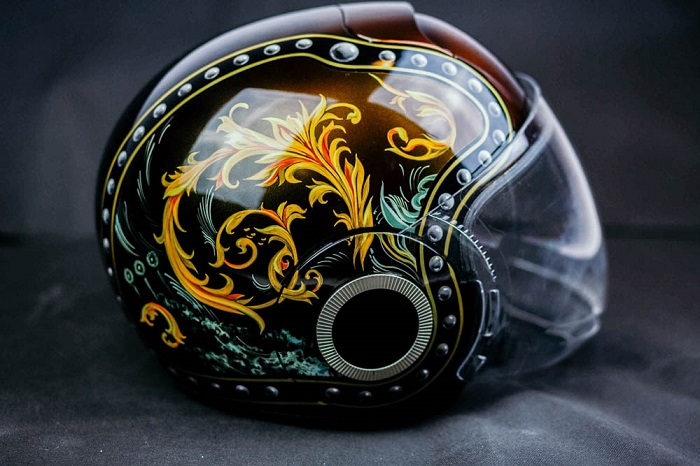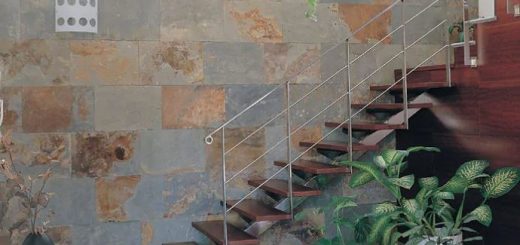How Does Airbrushing On Helmets Differ From Traditional Painting Methods
Helmets serve as a platform for personal expression in addition to being protective gear. Helmets are a common way for athletes, riders, and even artists to express their individuality, individuality, and inventiveness. Two techniques stand out when it comes to helmet embellishment: airbrushing and conventional hand painting. The article compares these two methods to illuminate helmet customization’s complexity.

Precision and Detail
The degree of accuracy and detail that airbrushing achieves sets it apart from conventional painting techniques in a big way. The tiny paint mist used in airbrushing enables the creation of complex patterns and gradations that are seamless. It allows artists to produce intricate artwork with startling accuracy. Airbrushing can replicate a complicated brand or create lifelike artwork with fine details that a brush can’t.
However, traditional painting uses different-sized brushes and requires a steady hand for accuracy. Although talented painters may achieve amazing results, they can have a harder time matching the amount of detail possible with airbrushing.
Flexibility
Airbrushing may overlay colors, produce smooth gradients, and created metallic or iridescent finishes. Because of its adaptability, airbrushing is a great option for anybody wishing to create distinctive and striking helmet designs. To bring their ideas to life, artists may experiment with a vast array of colors, textures, and methods.
Traditional painting processes, although diverse, may take longer to accomplish the same results. Complex designs may be limited by the labor-intensive nature of color mixing and blending when using brushes.
Durability
Durability is a key consideration when customizing helmets. Outdoor elements including sunshine, rain, and wear and tear affect helmets. When done properly, airbrushing has the potential to be more durable than conventional painting techniques. Over time, the paint is less prone to chip, fade, or wear off since it is securely applied to the helmet’s surface.
Classic hand-painted patterns may be more fragile due to the paint’s layers and weaker attachment to the helmet. The quality of materials and processes employed has a major impact on how long hand-painted helmets last.
Time and Cost
Comparing airbrushing helmets to conventional painting techniques usually saves time and effort. Because airbrushing is efficient, painters may finish complex works faster, which saves money for both consumers and artists. Airbrushing also saves time and money by lowering the likelihood of errors and the necessity for touch-ups.
On the other hand, traditional hand painting often requires more time and expertise. In order to get the same degree of detail, artists must put in more hours, which may increase the final cost to the client. Custom helmet painting using conventional techniques may take longer to cure between coats.
Conclusion
The decision between aerografía cascos and conventional painting techniques for helmet modification relies on the artist’s competence, design intricacy, and client budget.
Airbrushing helmets can create vivid designs that stand out on the road or significant artwork that expresses your individuality.
Choose your customization approach based on your tastes and requirements to make your helmet a masterpiece that symbolizes you.



Commenti recenti